Introduction: Exploring the Basics of Optical Resonators
In this comprehensive guide, we delve into the intricate world of optical resonators, shedding light on the fundamental concepts that underpin their functionality and applications.
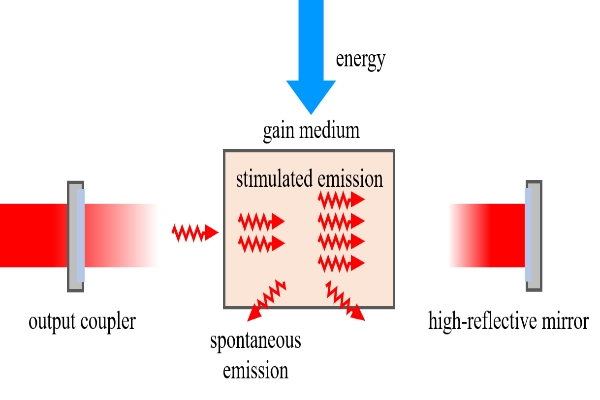
Principles of Gain Mediums: Unveiling the Workings and Characteristics
Gain mediums, essential components for optical amplification, function by harnessing the principles of stimulated emission and population inversion. Stimulated emission occurs when an excited atom or molecule releases energy in the form of a photon, triggered by the presence of another photon with matching energy. This process leads to the amplification of light signals as photons multiply through the gain medium.
Population inversion is a crucial aspect of gain mediums, where the energy levels of atoms or molecules are manipulated to have more particles in the excited state than in the ground state. This inversion creates a reservoir of energy ready to be released as photons, facilitating the amplification process within optical resonators.
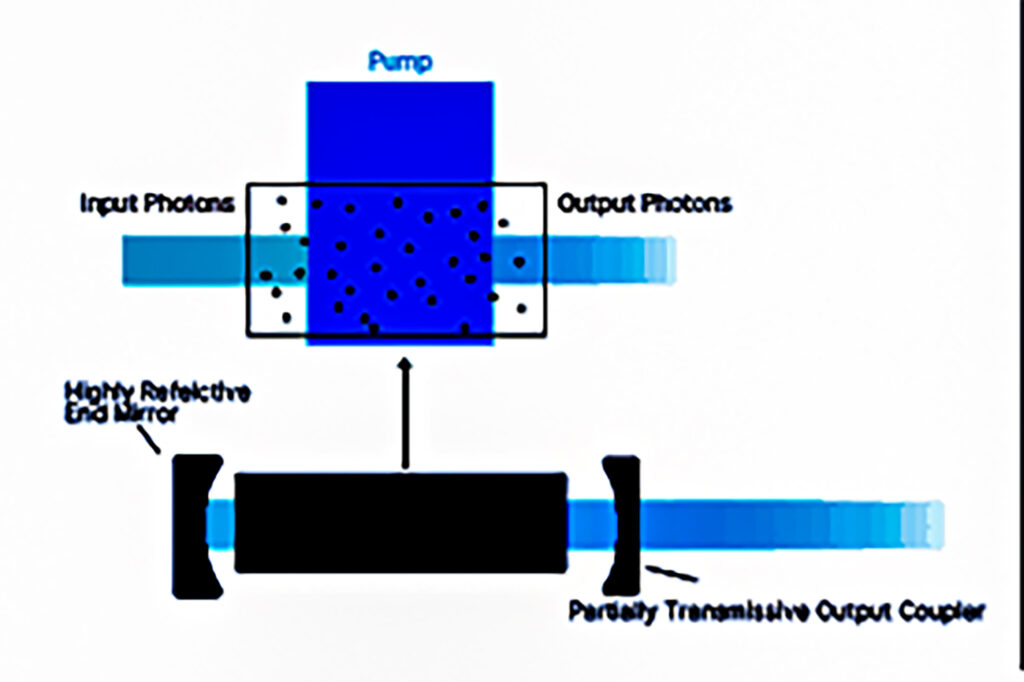
The intricate mechanisms within gain mediums involve the interaction of photons with atoms or molecules, leading to the emission of coherent light. This coherence is crucial for maintaining the integrity and quality of amplified light signals. Gain mediums are designed with specific properties such as high absorption coefficients and long lifetimes of excited states to optimize the amplification process.
Moreover, gain mediums exhibit unique characteristics such as gain bandwidth, which determines the range of wavelengths over which amplification occurs efficiently. This property is essential for tailoring gain mediums to specific applications requiring precise wavelength control, such as in laser systems and telecommunications.
Overall, gain mediums play a pivotal role in optical amplification by converting input energy into amplified coherent light, making them indispensable components in the functioning of optical resonators and various optical devices.
Resonator Principles: Unraveling the Workings and Traits
Optical resonators, fundamental to many optical systems, are intricate structures designed to confine and manipulate light waves for various applications. Comprising mirrors and gain mediums, these resonators operate on principles that enable them to trap and amplify light signals effectively.
At the core of resonator principles is the concept of light confinement within a defined space. Mirrors, typically positioned facing each other, create an optical cavity where light waves bounce back and forth. This bouncing, known as multiple reflections, prolongs the path length of light within the resonator, leading to enhanced interaction with gain mediums.
The interaction between light waves and gain mediums is central to the amplification process. Gain mediums, which can be solid-state crystals, gases, or semiconductor materials, facilitate stimulated emission when excited by photons. This process amplifies the light signal as it passes through the gain medium within the resonator, leading to an increase in signal intensity.
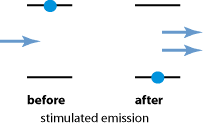
Key traits of optical resonators include their ability to select specific wavelengths of light, known as mode selection, and to maintain high optical quality, ensuring minimal loss of signal strength during amplification. The resonance condition, determined by the spacing between mirrors and the refractive index of the medium, plays a critical role in achieving efficient light confinement and amplification.
Furthermore, resonator designs can vary based on the application requirements. For example, in laser systems, resonators are optimized for stable and coherent output, while in optical communication systems, resonators may focus on maximizing signal transmission efficiency.
In summary, optical resonators leverage the interplay between mirrors and gain mediums to trap, amplify, and manipulate light waves, making them indispensable components in a wide range of optical technologies. Understanding the underlying principles and traits of resonator systems is crucial for harnessing their capabilities in diverse applications.
Integration of Both: Exploring the Synergy of Gain Mediums within Resonators
When gain mediums and optical resonators merge, they form a symbiotic relationship that enhances the amplification of light signals significantly. This synergy is particularly effective due to the unique environment within resonators, which optimizes the interaction between light and gain mediums.
The presence of mirrors in resonators ensures that light waves bounce back and forth, increasing the chances of interaction with gain mediums. This prolonged interaction leads to efficient amplification, as gain mediums can continuously stimulate emission and amplify the light signal.
Moreover, the resonator environment contributes to signal stability by minimizing losses and external disturbances. This stability is essential for applications requiring consistent and reliable amplified light output.
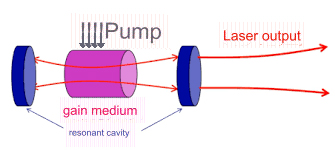
By exploring this integration from multiple perspectives, we gain a deeper understanding of how gain mediums operate within resonators, highlighting their pivotal role in achieving high-efficiency signal amplification and stability.
Application Domains: Diving into Crystal Types and Application Areas
Gain mediums, utilizing an array of crystal types, are customized for specific purposes across a broad spectrum of industries. In telecommunications, gain mediums like erbium-doped fibers amplify optical signals for long-distance data transmission. Medical imaging benefits from gain mediums such as neodymium-doped yttrium aluminum garnet (Nd:YAG) crystals, enhancing diagnostic accuracy in procedures like laser surgery and imaging techniques.
Furthermore, gain mediums like titanium-sapphire (Ti:sapphire) crystals find applications in scientific research, facilitating high-power laser systems for spectroscopy and microscopy. In industrial settings, gain mediums like semiconductor crystals play a crucial role in laser cutting and welding processes, providing precision and efficiency.
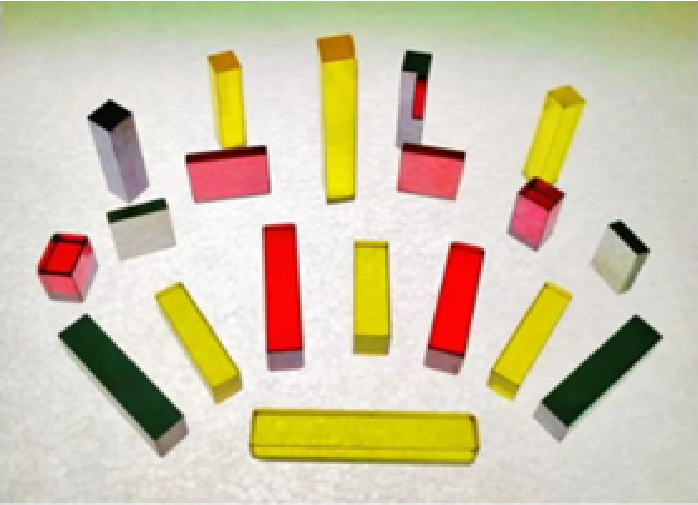
The versatility of gain mediums extends to military and defense applications, where crystals like potassium dihydrogen phosphate (KDP) are utilized in laser-guided weaponry and target tracking systems. Overall, the diverse applications of gain mediums underscore their significance across various industries, driving innovation and advancement in optical technologies.
Conclusion: Envisioning the Future of Gain Mediums and Resonator Advancements
In conclusion, the continuous evolution of gain mediums and resonator technologies promises a bright future filled with innovations. By addressing potential improvements in resonator designs and envisioning new directions for gain medium development, we pave the way for enhanced optical amplification and groundbreaking applications.

Frank
Frank graduated from the University of Shanghai for Science and Technology, majoring in optics. As a technical engineer at Crylink Company, he deeply understands crystal materials and laser components.
Related Video(s) with this Article
Related Product(s) with this Article
Related Application(s) with this Article
